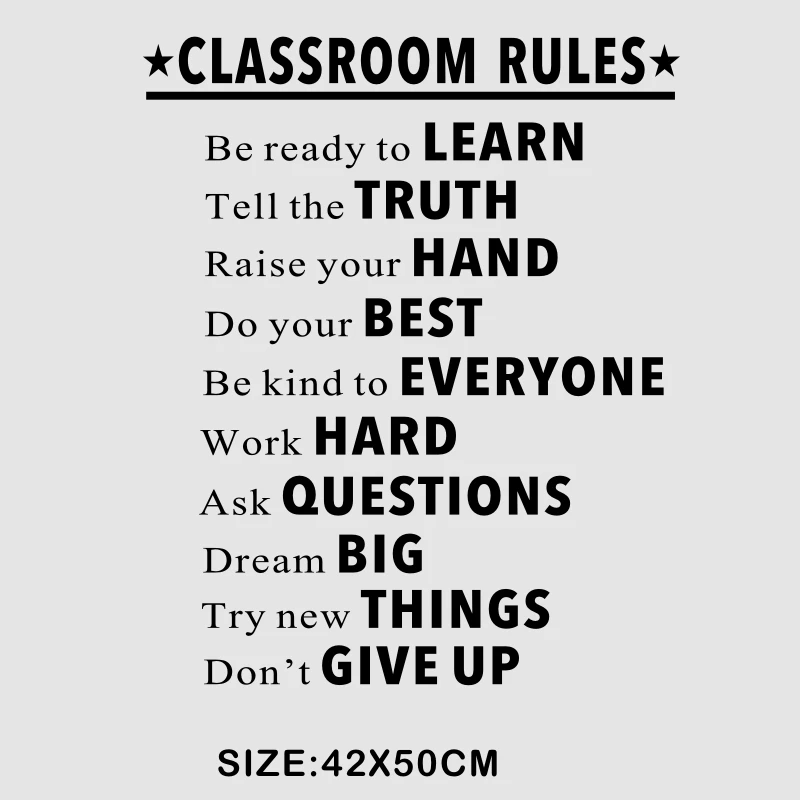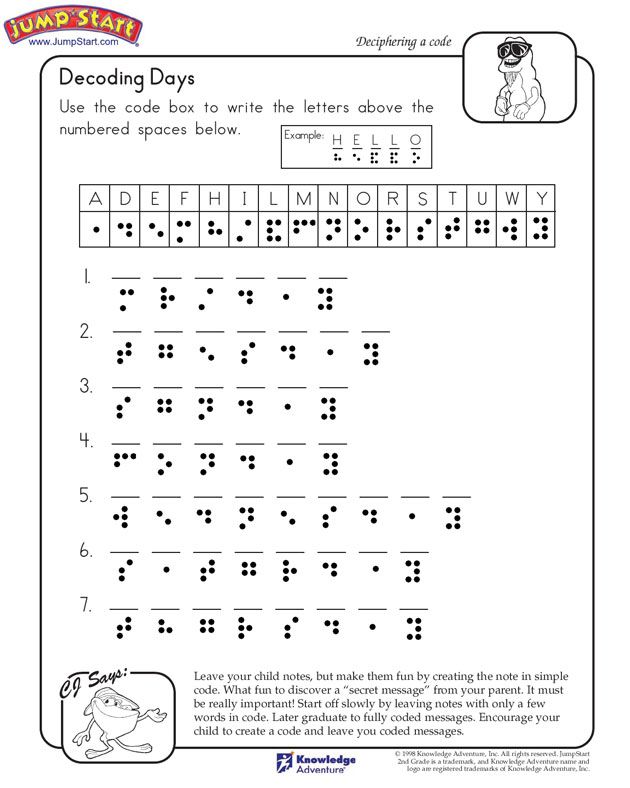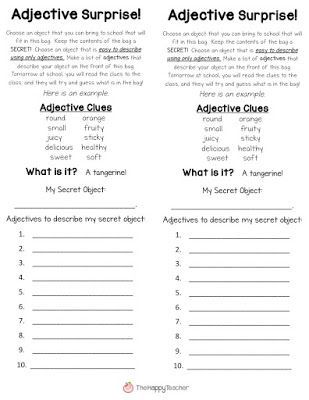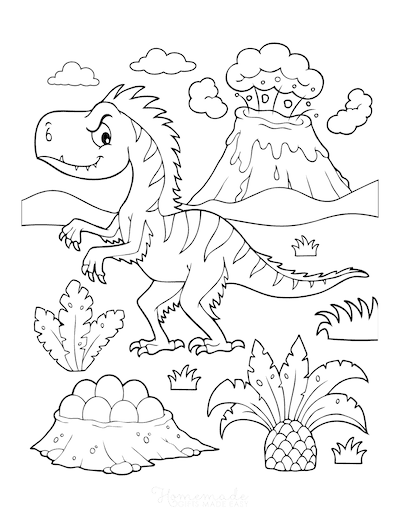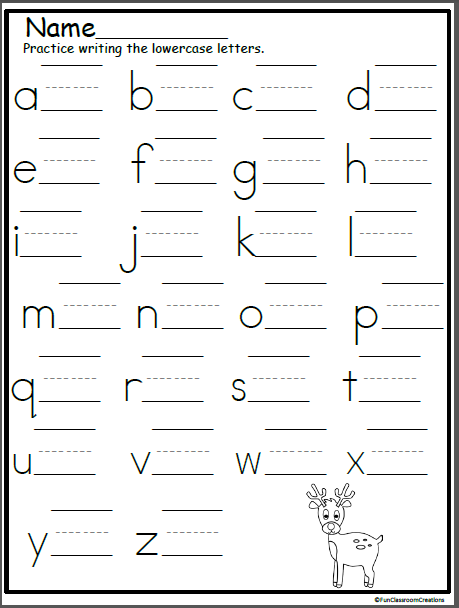Teaching 1st grade reading
First Grade Reading Comprehension Activities
First grade is an exciting time of discovery for early readers. They’re spending less time decoding and word solving and more time comprehending and making sense of the texts they’re reading. Early readers are building reading identities and reading for meaning and joy. Explicitly teaching reading comprehension strategies like making predictions, asking questions, retelling, and inferring helps young readers build the skills they need. These first grade reading comprehension activities are a good place to start.
1. String up a retelling rope
Learning how to retell a story helps young learners as readers and thinkers. It helps them organize their thoughts as they read and recognize when their thinking changes. Using these symbols representing different elements of a story, students can string up a cute retelling rope while gaining valuable comprehension skills.
Learn more: First Grade W.O.W.
2. Visualize the story with illustrations
Visualizing is an important skill for understanding what you’re reading. This blog includes two fun visualizing activities. In the first, students are given a title and are asked to draw an illustration that matches that title. In the second, students are given clues about an object and are asked to draw the object the clues are hinting at.
Learn more: You Clever Monkey
3. Make predictions with a graphic organizer
Making predictions is a just-right reading strategy for emerging readers. During a read-aloud, find a few good stopping points to ask students what they think will happen next.
Learn more: Brown Bag Teacher
4. Make a “beginning, middle, and end” flip chart
One tried-and-true way to teach summarizing to early readers is instructing them to identify the beginning, middle, and end of a story. This easy-to-make flip chart is just an 8 x 11 piece of plain paper folded vertically then divided into thirds. On the front half, students will draw a picture of what happens in the three sections of the story. Underneath each flap is a short written description.
Underneath each flap is a short written description.
Learn more: Bishop’s Blackboard
5. Ask questions with story sticks
Good readers ask questions before, during, and after they read. These cute story sticks make a game of first grade reading comprehension. Perfect to use with small reading groups or with partners.
Learn more: The Happy Teacher
6. Master the five-finger retell
One strategy you can teach students is the five finger retell. Each finger stands for a different part of the story. Assigning a different finger for each part gives students a kinesthetic connection and makes it easier for them to remember.
Learn more: Mrs. Wheeler’s First Grade Tidbits
7. Summarize using simple signal words
Sometimes with early readers, simpler is better. Start with these basic questions—who?, what?, when?, where?, how?, and why?—to help kids go deeper into their understanding.
Learn more: This Reading Mama
8.
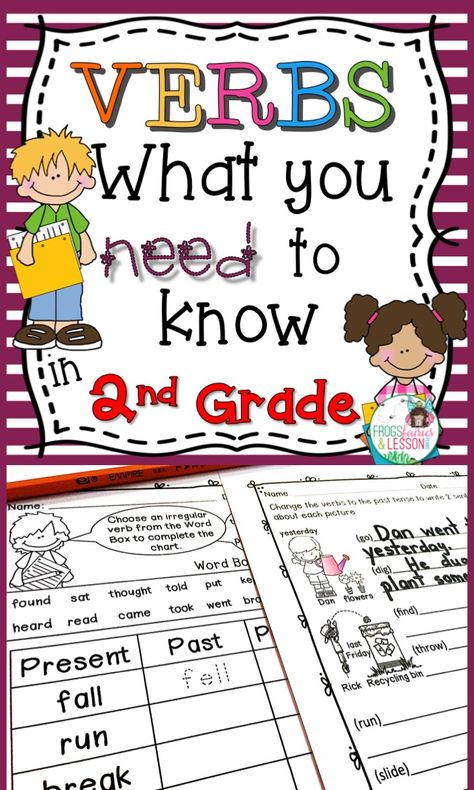 Practice with story maps
Practice with story mapsThere are tons of fun tools to help students build reading comprehension, and story maps are one of them. Here are 15 free downloadable story maps to help your first graders practice going beyond just the words when they read.
Learn more: Education.com
9. Figure out problem and solution with a graphic organizer
Every fiction story has, among other elements, a problem and solution. This lesson helps students understand that a story’s problem and solution fit together like pieces of a puzzle.
Learn more: My Primary Paradise
10. Retell the story using LEGO bricks
Put two things that first graders love together: reading and building. Read a story together, then allow students to use blocks to build a scene from the story. As they build, they can describe details from the story.
Learn more: The Educators’ Spin On It
11. Retell using story cubes
Retelling is a helpful comprehension skill for readers.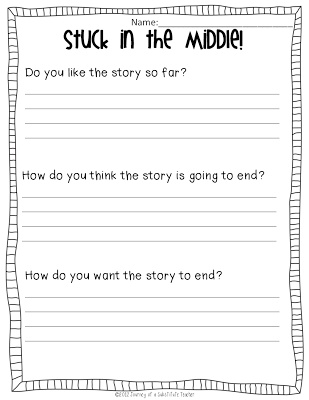 These six cubes encourage readers to retell the story in different ways. They are prefect for reading partners and to use with small groups.
These six cubes encourage readers to retell the story in different ways. They are prefect for reading partners and to use with small groups.
Learn more: Every educaid
12. Play the Oh Snap! word game
Sight words (aka high-frequency words) are words readers encounter most frequently in texts. Early readers benefit from knowing a large bank of sight words, which encourages fluent reading. This fun sight word game is a great way to improve reading skills and build reading fluency.
Learn more: School Time Snippets
13. Use scooping phrases
The goal of reading fluency is better comprehension. To read with fluency or expression, readers must comprehend the story events. Teach early readers to use “Scooping Phrases” to scoop up words to form phrases within sentences. This effective strategy also works well with struggling readers.
Learn more: This Reading Mama
14. Introduce wordless picture books
As readers encounter more-difficult texts, character traits become less explicit. To determine what the character is like, the reader has to do more inferential work. Using wordless picture books is a great way to introduce early readers to making inferences.
To determine what the character is like, the reader has to do more inferential work. Using wordless picture books is a great way to introduce early readers to making inferences.
Learn more: Ashleigh’s Education Journey
15. Inference using thought bubbles
Foundational inference activities give first graders an opportunity to practice their inferring skills. As they move into texts, first graders can infer what a character is thinking in the story and then add a thought bubble to explain it.
Learn more: The Teacher Next Door
If you like these first grade reading comprehension activities, check out our fun, printable first grade writing prompts.
Plus, get all the latest teaching tips and tricks by signing up for our newsletters!
First Grade Instruction | Reading Rockets
It is during first grade that most children define themselves as good or poor readers. Unfortunately, it is also in first grade where common instructional practices are arguably most inconsistent with the research findings.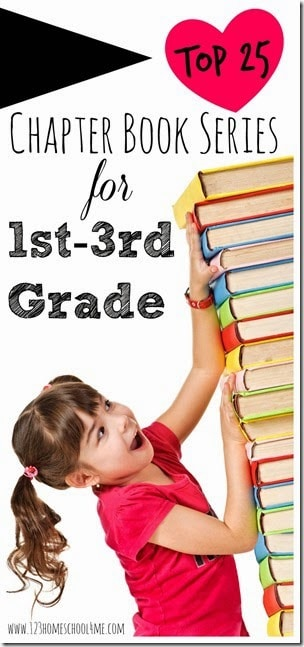 This gap is reflected in the basal programs most commonly used in first-grade classrooms. The National Academy of Sciences report found that the more neglected instructional components of basal series are among those whose importance is most strongly supported by the research.
This gap is reflected in the basal programs most commonly used in first-grade classrooms. The National Academy of Sciences report found that the more neglected instructional components of basal series are among those whose importance is most strongly supported by the research.
In this discussion, there are again certain caveats to keep in mind:
There is no replacing passionate teachers who are keenly aware of how their students are learning; research will never be able to tell teachers exactly what to do for a given child on a given day. What research can tell teachers, and what teachers are hungry to know, is what the evidence shows will work most often with most children and what will help specific groups of children.
To integrate research-based instructional practices into their daily work, teachers need the following:
Training in alphabetic basics
To read, children must know how to blend isolated sounds into words; to write, they must know how to break words into their component sounds.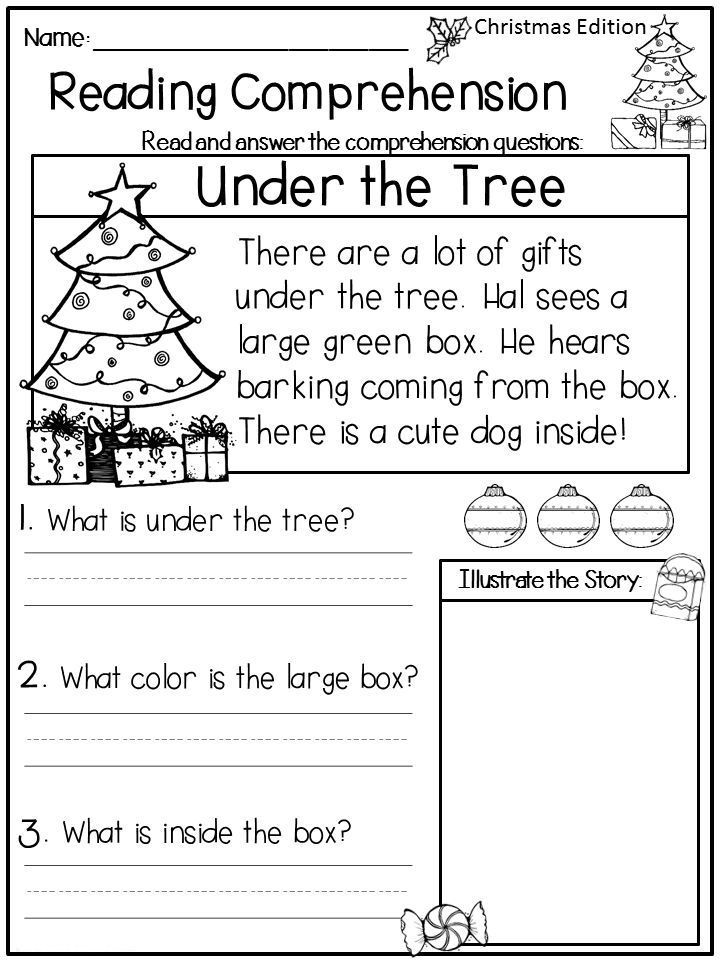 First-grade students who don't yet know their letters and sounds will need special catch-up instruction. In addition to such phonemic awareness, beginning readers must know their letters and have a basic understanding of how the letters of words, going from left to right, represent their sounds. First-grade classrooms must be designed to ensure that all children have a firm grasp of these basics before formal reading and spelling instruction begins.
First-grade students who don't yet know their letters and sounds will need special catch-up instruction. In addition to such phonemic awareness, beginning readers must know their letters and have a basic understanding of how the letters of words, going from left to right, represent their sounds. First-grade classrooms must be designed to ensure that all children have a firm grasp of these basics before formal reading and spelling instruction begins.
A proper balance between phonics and meaning in their instruction
In recent years, most educators have come to advocate a balanced approach to early reading instruction, promising attention to basic skills and exposure to rich literature. However, classroom practices of teachers, schools, and districts using balanced approaches vary widely.
Some teachers teach a little phonics on the side, perhaps using special materials for this purpose, while they primarily use basal reading programs that do not follow a strong sequence of phonics instruction.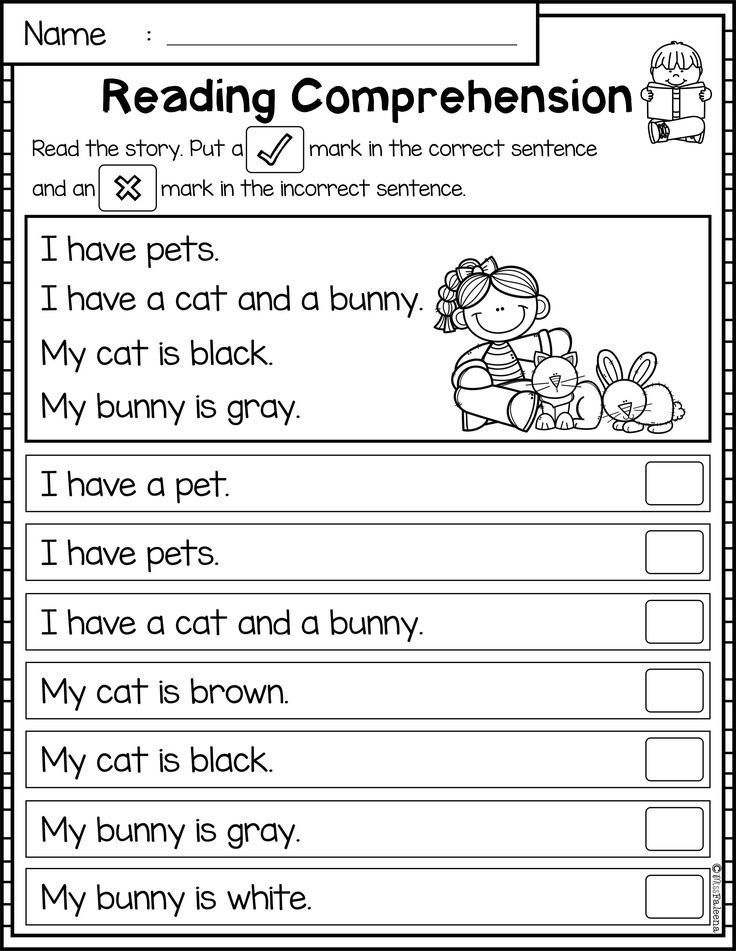 Others teach phonics in context, which means stopping from time to time during reading or writing instruction to point out, for example, a short a or an application of the silent e rule. These instructional strategies work with some children but are not consistent with evidence about how to help children, especially those who are most at risk, learn to read most effectively.
Others teach phonics in context, which means stopping from time to time during reading or writing instruction to point out, for example, a short a or an application of the silent e rule. These instructional strategies work with some children but are not consistent with evidence about how to help children, especially those who are most at risk, learn to read most effectively.
The National Academy of Sciences study, Preventing Reading Difficulties in Young Children, recommends first-grade instruction that provides explicit instruction and practice with sound structures that lead to familiarity with spelling-sound conventions and their use in identifying printed words. The bottom line is that all children have to learn to sound out words rather than relying on context and pictures as their primary strategies to determine meaning.
Does this mean that every child needs phonics instruction? Research shows that all proficient readers rely on deep and ready knowledge of spelling-sound correspondence while reading, whether this knowledge was specifically taught or simply inferred by students.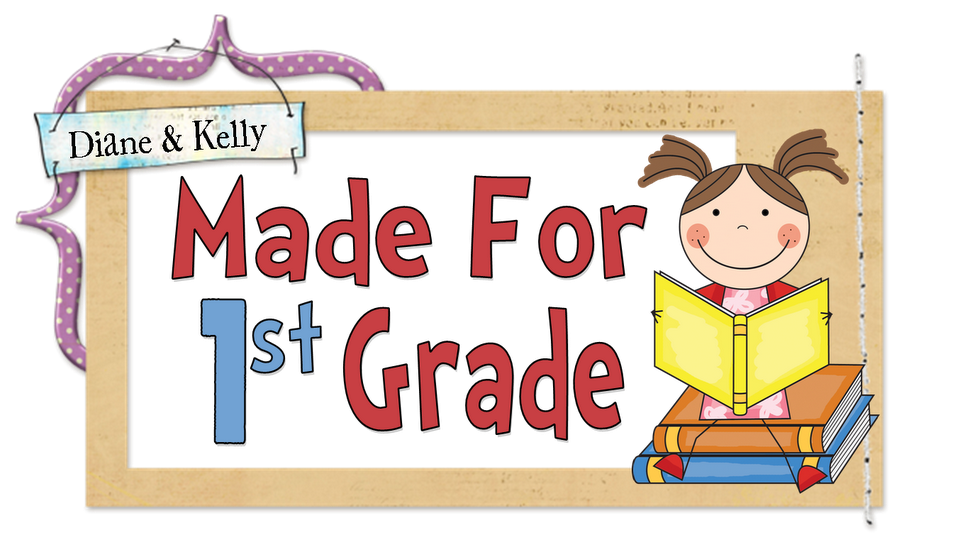 Conversely, failure to learn to use spelling/sound correspondences to read and spell words is shown to be the most frequent and debilitating cause of reading difficulty. No one questions that many children do learn to read without any direct classroom instruction in phonics. But many children, especially children from homes that are not language rich or who potentially have learning disabilities, do need more systematic instruction in word-attack strategies.
Conversely, failure to learn to use spelling/sound correspondences to read and spell words is shown to be the most frequent and debilitating cause of reading difficulty. No one questions that many children do learn to read without any direct classroom instruction in phonics. But many children, especially children from homes that are not language rich or who potentially have learning disabilities, do need more systematic instruction in word-attack strategies.
Well-sequenced phonics instruction early in first grade has been shown to reduce the incidence of reading difficulty even as it accelerates the growth of the class as a whole. Given this, it is probably best to start all children, most especially in high-poverty areas, with explicit phonics instruction. Such an approach does require continually monitoring children's progress both to allow those who are progressing quickly to move ahead before they become bored and to ensure that those who are having difficulties get the assistance they need.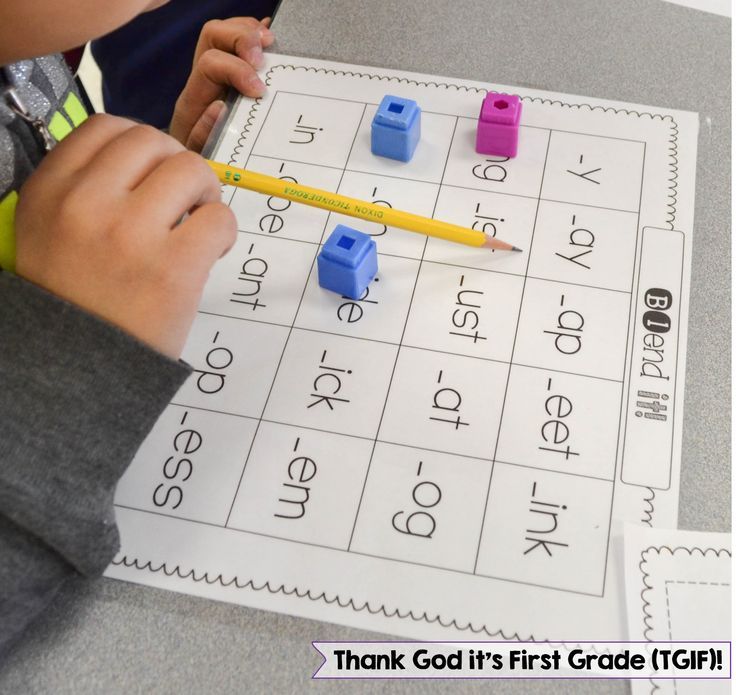
Strong reading materials
Early in first grade, a child's reading materials should feature a high proportion of new words that use the letter-sound relationships they have been taught. It makes no sense to teach decoding strategies and then have children read materials in which these strategies won't work. While research does not specify the exact percentage of words children should be able to recognize or sound out, it is clear that most children will learn to read more effectively with books in which this percentage is high.
On this point, the National Academy of Sciences report recommends that students should read well-written and engaging texts that include words that children can decipher to give them the chance to apply their emerging skills. It further recommends that children practice reading independently with texts slightly below their frustration level and receive assistance with slightly more difficult texts.
If the books children read only give them rare opportunities to sound out words that are new to them, they are unlikely to use sounding out as a consistent strategy. A study comparing the achievement of two groups of average-ability first-graders being taught phonics explicitly provides evidence of this. The group of children who used texts with a high proportion of words they could sound out learned to read much better than the group who had texts in which they could rarely apply the phonics they were being taught.
A study comparing the achievement of two groups of average-ability first-graders being taught phonics explicitly provides evidence of this. The group of children who used texts with a high proportion of words they could sound out learned to read much better than the group who had texts in which they could rarely apply the phonics they were being taught.
None of this should be read to mean that children should be reading meaningless or boring material. There is no need to return to Dan can fan the man. It's as important that children find joy and meaning in reading as it is that they develop the skills they need. Reading pleasure should always be as much a focus as reading skill. Research shows that the children who learn to read most effectively are the children who read the most and are most highly motivated to read.
The texts children read need to be as interesting and meaningful as possible. Still, at the very early stages, this is difficult. It isn't possible to write gripping fiction with only five letter sounds.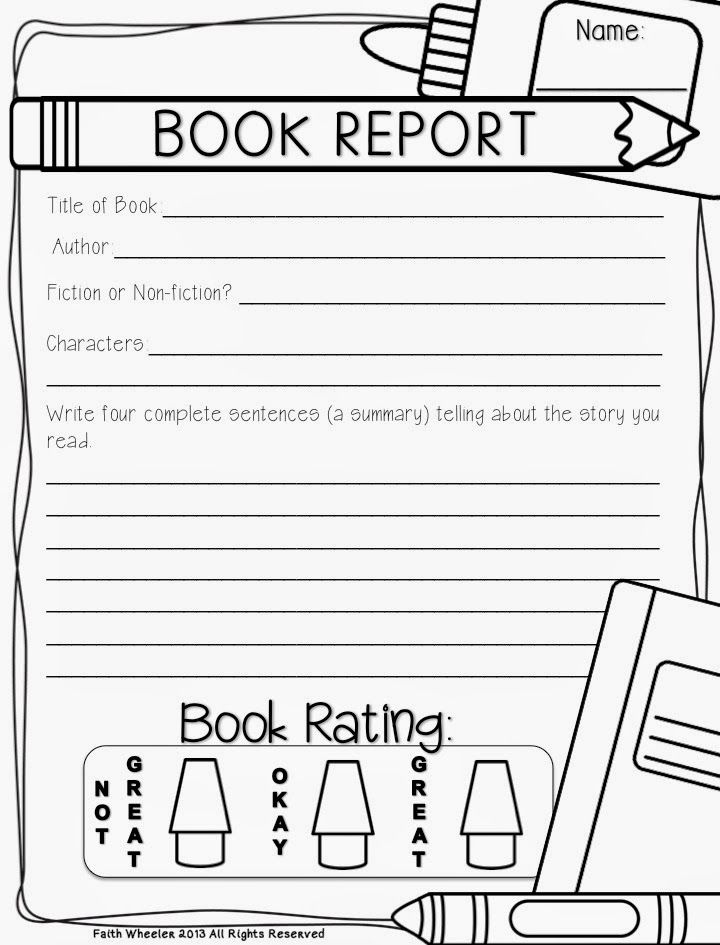 But a meaningful context can be created by embedding decodable text in stories that provide other supports to build meaning and pleasure. For example, some early first-grade texts use pictures to represent words that students cannot yet decode. Others include a teacher text on each page, read by the teacher, parent, or other reader, which tells part of the story. The students then read their portion, which uses words containing the spelling-sound relationships they know. Between the two types of texts, a meaningful and interesting story can be told.
But a meaningful context can be created by embedding decodable text in stories that provide other supports to build meaning and pleasure. For example, some early first-grade texts use pictures to represent words that students cannot yet decode. Others include a teacher text on each page, read by the teacher, parent, or other reader, which tells part of the story. The students then read their portion, which uses words containing the spelling-sound relationships they know. Between the two types of texts, a meaningful and interesting story can be told.
Strategies for teaching comprehension
Learning to read is not a linear process. Students do not need to learn to decode before they can learn to comprehend. Both skills should be taught at the same time from the earliest stages of reading instruction. Comprehension strategies can be taught using material that is read to children, as well as using material the children read themselves.
Before reading, teachers can establish the purpose for the reading, review vocabulary, activate background knowledge, and encourage children to predict what the story will be about.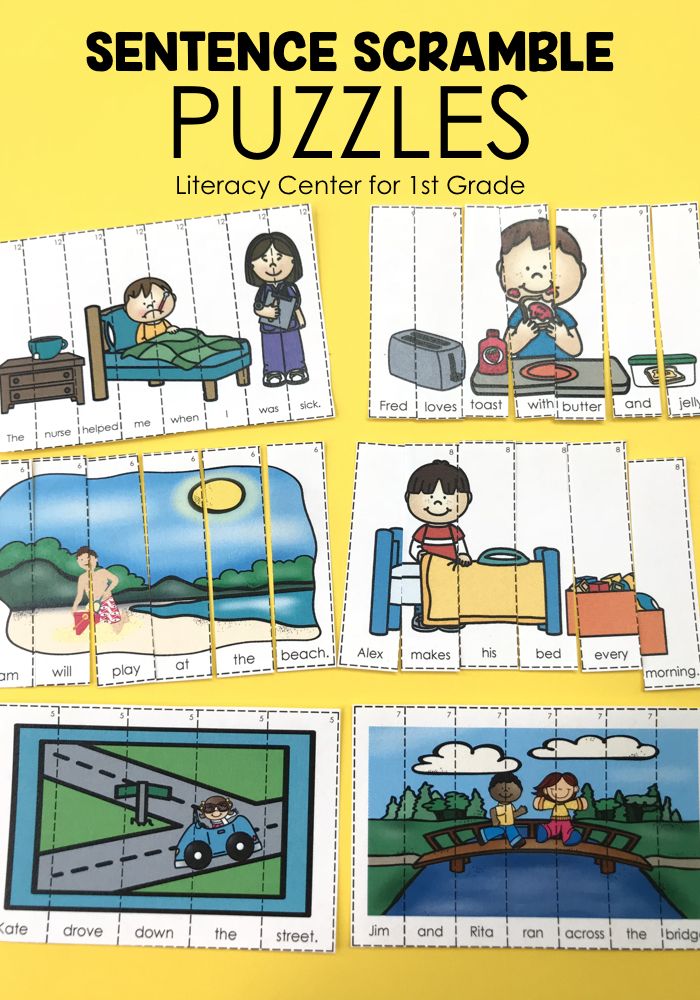 During reading, teachers can direct children's attention to difficult or subtle dimensions of the text, point out difficult words and ideas, and ask children to identify problems and solutions. After reading, children may be asked to retell or summarize stories, to create graphic organizers (such as webs, cause-and-effect charts, or outlines), to put pictures of story events in order, and so on. Children can be taught specific metacognitive strategies, such as asking themselves on a regular basis whether what they are reading makes sense or whether there is a one-to-one match between the words they read and the words on the page.
During reading, teachers can direct children's attention to difficult or subtle dimensions of the text, point out difficult words and ideas, and ask children to identify problems and solutions. After reading, children may be asked to retell or summarize stories, to create graphic organizers (such as webs, cause-and-effect charts, or outlines), to put pictures of story events in order, and so on. Children can be taught specific metacognitive strategies, such as asking themselves on a regular basis whether what they are reading makes sense or whether there is a one-to-one match between the words they read and the words on the page.
Writing programs
Creative and expository writing instruction should begin in kindergarten and continue during first grade and beyond. Writing, in addition to being valuable in its own right, gives children opportunities to use their new reading competence. Research shows invented spelling to be a powerful means of leading students to internalize phonemic awareness and the alphabetic principle.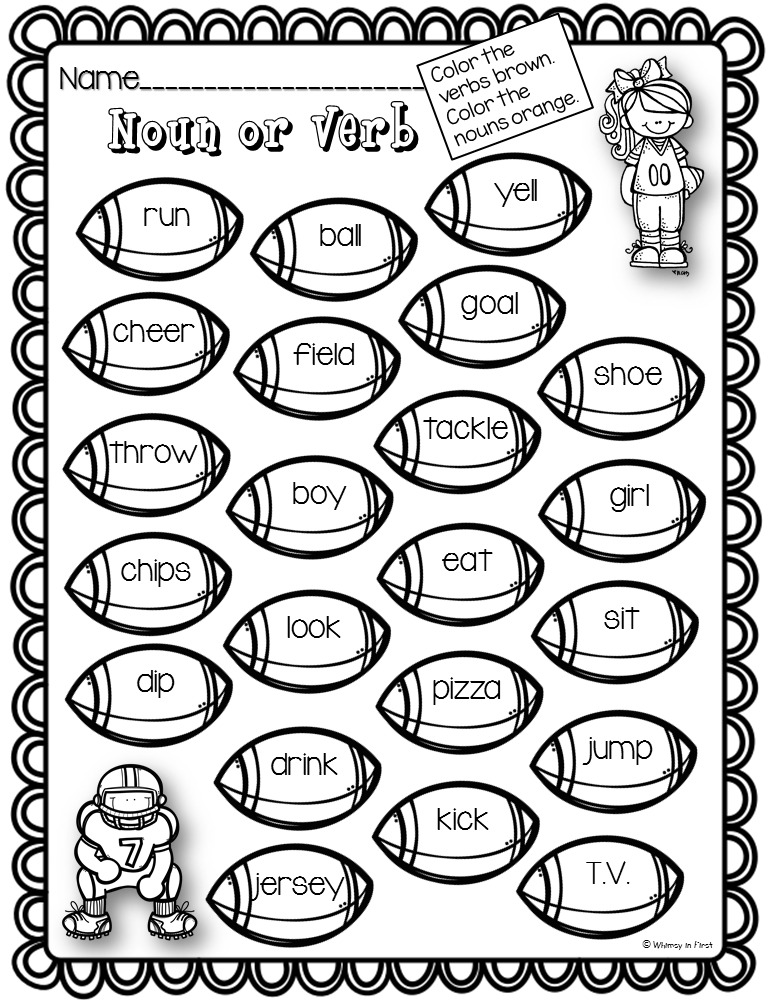 Still, while research shows that using invented spelling is not in conflict with teaching correct spelling, the National Academy of Sciences report does recommend that conventionally correct spelling be developed through focused instruction and practice at the same time students use invented spelling. The Academy report further recommends that primary grade children should be expected to spell previously studied words and spelling patterns correctly in final writing products.
Still, while research shows that using invented spelling is not in conflict with teaching correct spelling, the National Academy of Sciences report does recommend that conventionally correct spelling be developed through focused instruction and practice at the same time students use invented spelling. The Academy report further recommends that primary grade children should be expected to spell previously studied words and spelling patterns correctly in final writing products.
Smaller class size
Class size makes a difference in early reading performance. Studies comparing class sizes of approximately 15 to those of around 25 in the early elementary grades reveal that class size has a significant impact on reading achievement, especially if teachers are also using more effective instructional strategies. Reductions of this magnitude are expensive, of course, if used all day. An alternative is to reduce class size just during the time set aside for reading, either by providing additional reading teachers during reading periods or by having certified teachers who have other functions most of the day (e.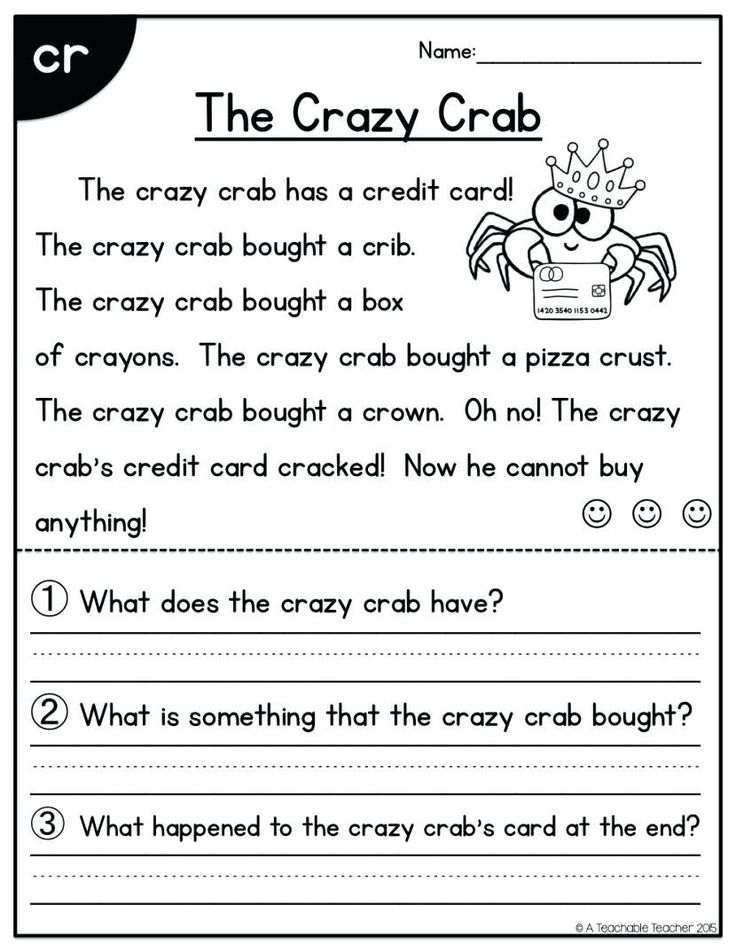 g., tutors, librarians, or special education teachers) teach a reading class during a common reading period.
g., tutors, librarians, or special education teachers) teach a reading class during a common reading period.
Curriculum-based assessment
In first grade and beyond, regular curriculum-based assessments are needed to guide decisions about such things as grouping, the pace of instruction, and individual needs for assistance (such as tutoring). The purpose of curriculum-based assessment is to determine how children are doing in the particular curriculum being used in the classroom or school, not to indicate how children are doing on national norms. In first grade, assessments should focus on all of the major components of early reading: decoding of phonetically regular words, recognition of sight words, comprehension, writing, and so on.
Informal assessments can be conducted every day. Anything children do in class gives information to the teacher that can be used to adjust instruction for individuals or for the entire class. Regular schoolwide assessments based on students' current reading groups can be given every six to 10 weeks. These might combine material read to children, material to which children respond on their own, and material the child reads to the teacher individually. These school assessments should be aligned as much as possible with any district or state assessments students will have to take.
These might combine material read to children, material to which children respond on their own, and material the child reads to the teacher individually. These school assessments should be aligned as much as possible with any district or state assessments students will have to take.
Effective grouping strategies
Children enter first grade at very different points in their reading development. Some already read, while others lack even the most basic knowledge of letters and sounds. Recognizing this, schools have long used a variety of methods to group children for instruction appropriate to their needs. Each method has its own advantages and disadvantages.
The most common method is to divide children within their own class into three or more reading groups, which take turns working with the teacher. The main problem with this strategy is that it requires follow-up time activities children can do on their own while the teacher is working with another group. Studies of follow-up time find that, all too often, it translates to busywork.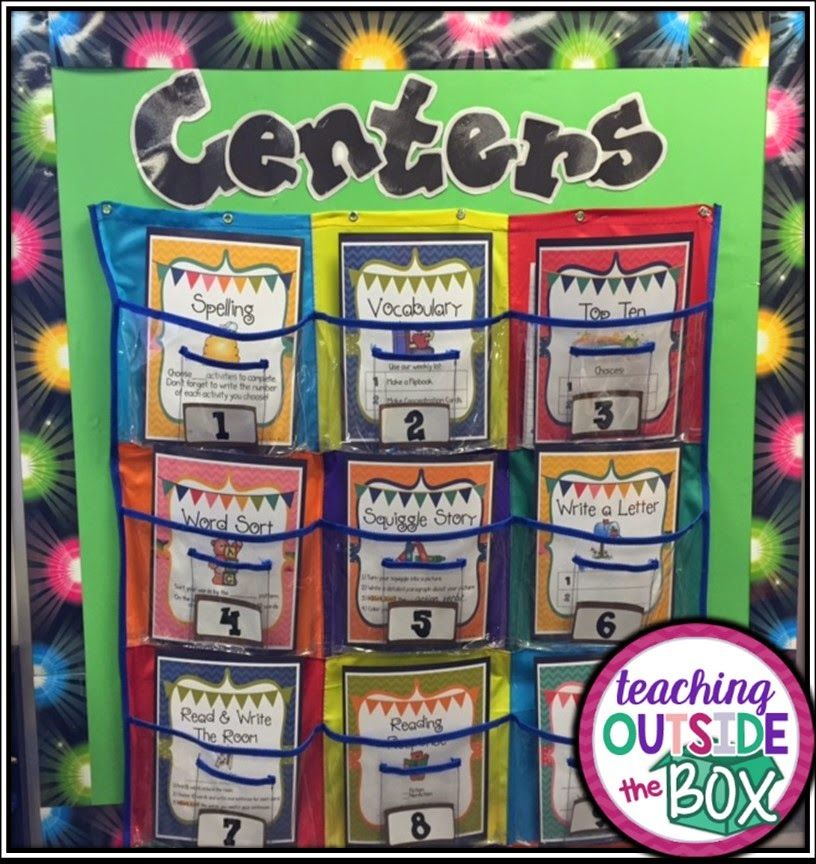 Follow-up time spent in partner reading, writing, working with a well-trained paraprofessional, or other activities closely linked to instructional objectives may be beneficial; but teachers must carefully review workbook, computer, or other activities to be sure they are productive.
Follow-up time spent in partner reading, writing, working with a well-trained paraprofessional, or other activities closely linked to instructional objectives may be beneficial; but teachers must carefully review workbook, computer, or other activities to be sure they are productive.
Another strategy is grouping within the same grade. For example, during reading time there might be a high, middle, and low second-grade group. The problem with this type of grouping is that it creates a low group with few positive models.
Alternatively, children in all grades can be grouped in reading according to their reading level and without regard to age. A second-grade-level reading class might include some first-graders, many second-graders, and a few third-graders. An advantage of this approach is that it mostly eliminates the low group problem, and gives each teacher one reading group. The risk is that some older children will be embarrassed by being grouped with children from a lower grade level.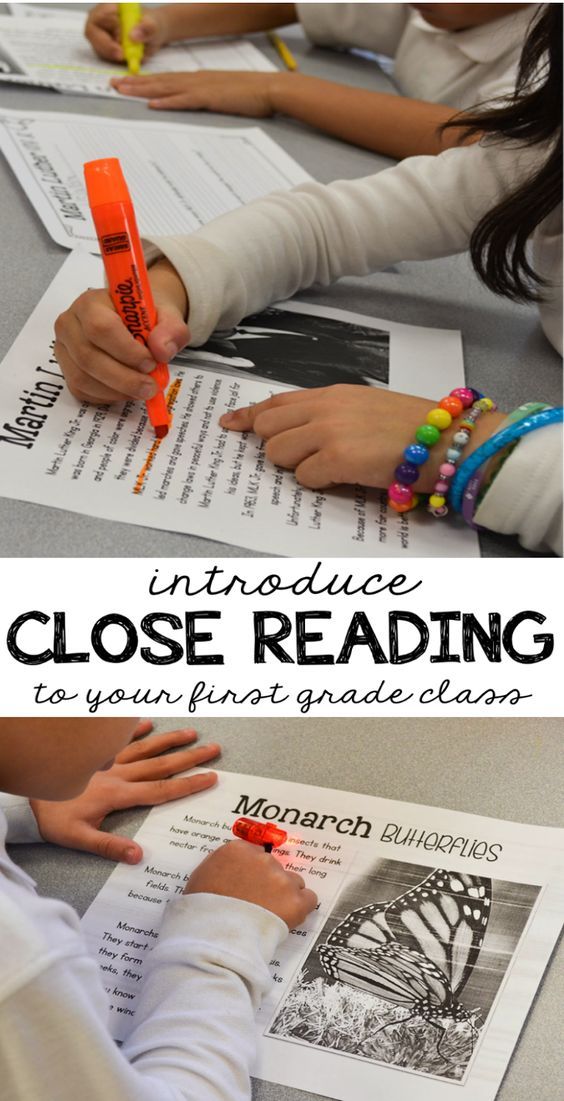 Classroom management and organization for reading instruction are areas that deserve further research and attention.
Classroom management and organization for reading instruction are areas that deserve further research and attention.
Tutoring support
Most children can learn to read by the end of first grade with good-quality reading instruction alone. In every school, however, there are children who need more assistance. Small-group remedial methods, such as those typical of Title I or special education resource room programs, have not generally been found to be effective in increasing the achievement of these children. One-to-one tutoring, closely aligned with classroom instruction, has been effective for struggling first-graders. While it is often best to have certified teachers working with children with the most serious difficulties, well-trained paraprofessionals can develop a valuable expertise for working with these children. Trained volunteers who are placed in well-structured, well-supervised programs also can be a valuable resource.
Home reading
Children should be spending more time on reading than is available at school. They should read at home on a regular basis, usually 20 to 30 minutes each evening. Parents can be asked to send in signed forms indicating that children have done their home reading. Many teachers ask that children read aloud with their parents, siblings, or others in first grade and then read silently thereafter. The books the children read should be of interest to them and should match their reading proficiency.
They should read at home on a regular basis, usually 20 to 30 minutes each evening. Parents can be asked to send in signed forms indicating that children have done their home reading. Many teachers ask that children read aloud with their parents, siblings, or others in first grade and then read silently thereafter. The books the children read should be of interest to them and should match their reading proficiency.
Methods of teaching reading in grade 1 | Reading consultation (Grade 1):
"Methods of teaching reading and the Russian language"
Proper reading is reading without distorting the sound composition of words while observing the correct stress in words.
There are four qualities of reading skills: correctness, fluency, consciousness, expressiveness.
Formation of the skill of correct reading
One of the effective methods of developing the skill of correct reading in children are daily special exercises that contribute to the accurate reproduction of syllabic structures and words that can cause difficulties in reading the text.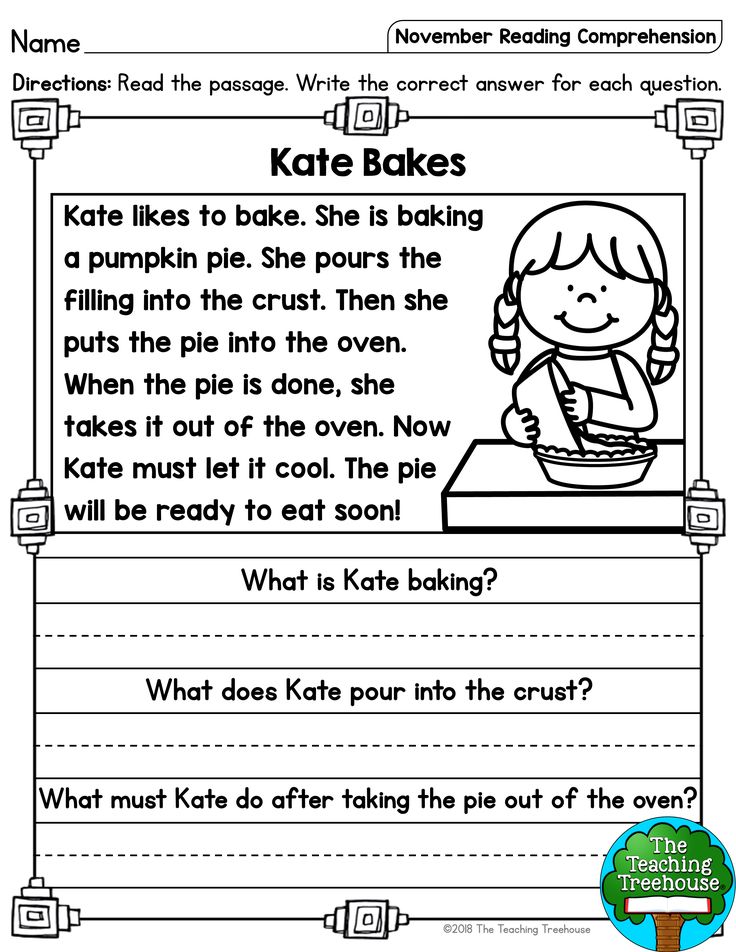
The material for the tasks is syllabic structures of words and whole words.
Types of tasks are selected taking into account the general level of development of children's reading skills.
The tasks included in this group are intended for those students who make a large number of mistakes in the process of reading the text.
Examples of tasks:
Differentiation of similar syllables and words:
- la-ra ma - my house - volume
- lo - ro mo - me Dima - Tima
- lukatushka - ru mu - - my0026
2. Reading syllables and words in similarity:
- ma mo mu Masha hat
- sa so su Dasha paw
- la lo lu Pasha folder
, or entirely.
- Ra tra tram-wai tram
4. Reading words whose spelling differs by one or two letters or the order of their arrangement: from a friend of one of the morphemes:
- Forest - forest
- walked - went
- - dived
- - I saw
6.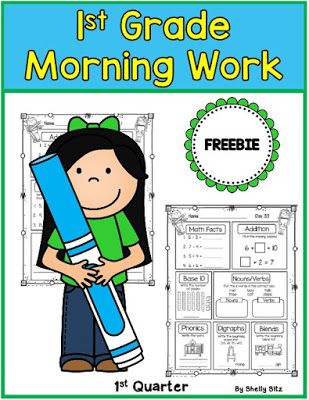 Reading words that have the same prefix, but different roots:
Reading words that have the same prefix, but different roots:
- - did - viewed
- - Ferged - — took away
- 4-5 minutes are allotted for this exercise, depending on the amount of material.
- The following words are pre-written on the board:
- 0025 under-be-press under-be-dive up to-be-zha-li
- with-be-zha-li
7. “The syllable was lost”, “The letter was lost”. Words from the text with a missing letter or syllable are written on the board.
8. Whisper in your ear. Words are written on the board and closed with stripes.
The strips are removed one at a time for a short period of time and put back into place. Students should read and whisper in the teacher's ear which word they read. Those who correctly name the word are awarded game tokens.
9. "Running belt". The words are written on a strip of paper. The tape is gradually unfolding. Students should have time to read and remember the words (no more than two or three).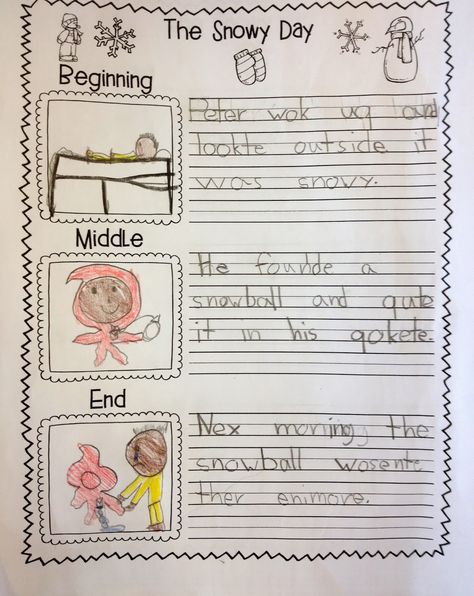
Equally important for the formation of the skill of correct reading is to organize observations of students reading each other.
10. Teacher's slow reading, when students have the opportunity to follow through the book, using a bookmark or swiping along the line with their finger. The teacher at any time can check the students and encourage by issuing a game chip.
11. Combined reading, when sentences are highlighted in the text for reading them in unison. The children are given the task of joining the choral reading in time.
12. Associated reading, when the teacher starts reading the text together with the students. Then he pauses for a while, and the children continue to read in unison.
13. Control of children reading comrades with subsequent reporting of the number and nature of the mistakes made.
Each child should read no more than one or two sentences, otherwise the children forget the actual mistakes and start making them up in order to get the teacher's encouragement
- Read lines in reverse word by word.
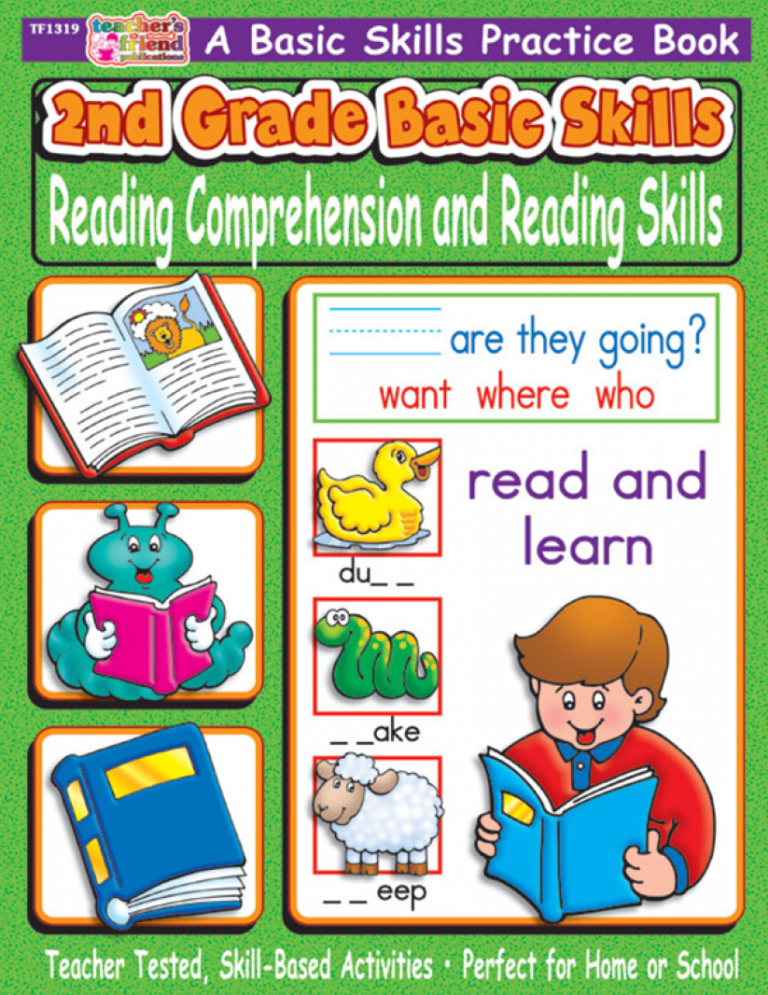 The written is read in such a way that the last word is the first, the penultimate - the second, etc. This exercise leads away from the usual stereotype of reading from left to right, develops the accuracy of eye movements, prevents errors in the grammatical form of a word, omissions and rearrangements of words and syllables.
The written is read in such a way that the last word is the first, the penultimate - the second, etc. This exercise leads away from the usual stereotype of reading from left to right, develops the accuracy of eye movements, prevents errors in the grammatical form of a word, omissions and rearrangements of words and syllables.
- Task: Read the text aloud, starting with the last word of each sentence.
Sun and wind
Undress a person before anyone, the wind argued with the sun. The wind began to blow off the man's dress. He puffs himself up and pulls his hat tighter, only the whole person, but opens his dress and tears his hat and. Human wind section is not and so. The sun has come. He pulled off his cap, the man flung open - only it was hot. The man undressed completely and - the sun was still hot.
15. Reading lines backwards letter by letter.
The writing is read from right to left so that each word is spelled out in reverse order.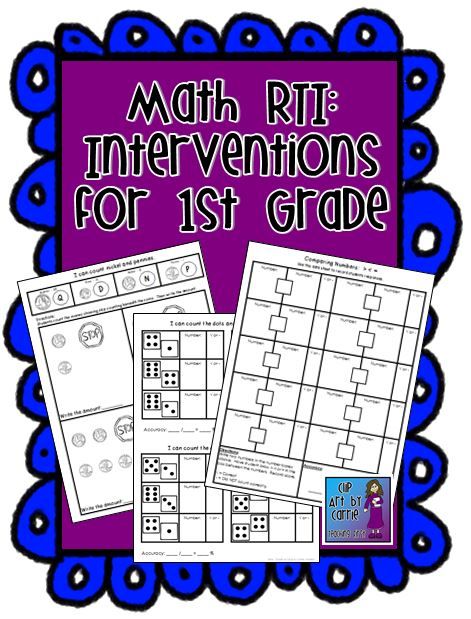 This exercise develops the ability of a strict letter-by-letter analysis of each word, forms the arbitrariness of the regulation of eye movement, and also creates the prerequisites for eliminating common mistakes of “mirror” reading.
This exercise develops the ability of a strict letter-by-letter analysis of each word, forms the arbitrariness of the regulation of eye movement, and also creates the prerequisites for eliminating common mistakes of “mirror” reading.
Task: Read the text aloud, reading the words backwards - from right to left.
- zaR elsop yajod olunyalgyv okshynlos, and lsalivyaop yaantevtsimes agud-agudar. otK in tenyalgzv an ugudar, kyasv yeyyasteubul. YsalidrogaZ agudar, hell and alats yatilavh, otchano eyvisark ogomas atsnlos. okshynloS and tyrovog: "yT avisark - ote adwarp, he eats zeb yanem and igudar en teavyb." And aguda only yasteems hell eschup yastilavh. Adgot okshynlos solidressar and solatyarps az will take into account - and igudar as in olavyb.
16. "The Enchanted Word".
The first word is read normally, the second (or underlined) word is read from right to left. First, every second word is underlined, then the words that carry the main semantic load.
Task: Read the text aloud, reading the underlined words backwards.
The raven and the fox
The raven was eating meat and sat down on the overd.
Wanted to eat meat, she alshodop and
says:
- Oh, temper! Like a yurtomsop on you, 9 each0005
your utsor and beauty, if only
you must be merats! And it would be true if you had a soloist,
.
Raven lunizar mouth and laroaz, which was
urine. axle fell. acsisL picked up and
tyrovog:
Oh, norov, if you still had mu,
you would be merats.
17. Reading only the second half of the words. This exercise leads to a sharp decrease in errors when only the beginning of a word is read correctly, and its end is either guessed or read with distortions.
Task: Read the text, saying aloud only the underlined part of the word.
Caring brother
Two young sparrows sat side by side on an elder tree. Quite young, with fluff showing through from under the feathers.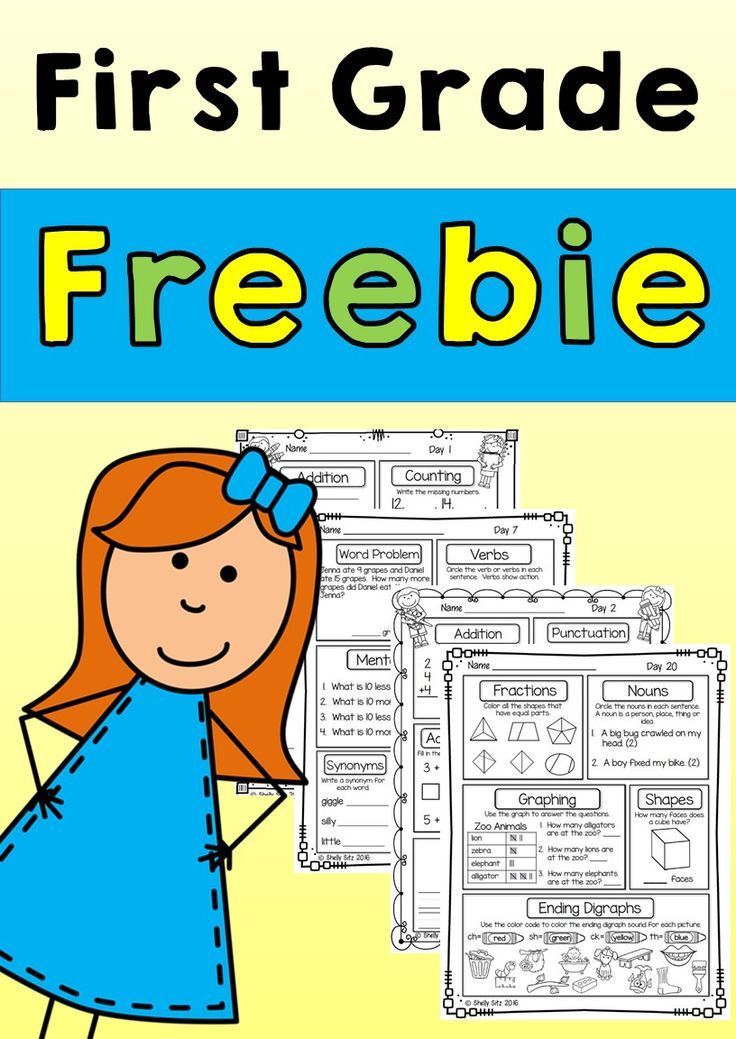 One smartly and confidently fluttered to the edge of the tub and began to drink. He drank and kept looking at the other, calling to each other. Another with a serious look was sitting on a branch and cautiously looking sideways at the tub. The beak was gaping from the heat. The first one continuously jumped along the edge of the tub, lowered its beak, grabbed water and immediately dropped it from its beak. I understood: he got drunk a long time ago and just encourages another, shows that there is nothing terrible here.
One smartly and confidently fluttered to the edge of the tub and began to drink. He drank and kept looking at the other, calling to each other. Another with a serious look was sitting on a branch and cautiously looking sideways at the tub. The beak was gaping from the heat. The first one continuously jumped along the edge of the tub, lowered its beak, grabbed water and immediately dropped it from its beak. I understood: he got drunk a long time ago and just encourages another, shows that there is nothing terrible here.
These tasks contribute not only to the formation of correct reading skills, but also to increase the pace of the latter, the development of the ability to predict words.
Developing the skill of fluent reading
Reading fluency is a pace that is typical for colloquial speech and in which understanding of the material being read is ahead of its pronunciation.
The average speed of a person's conversational speech, depending on the type of nervous system, ranges from 100-160 words per minute.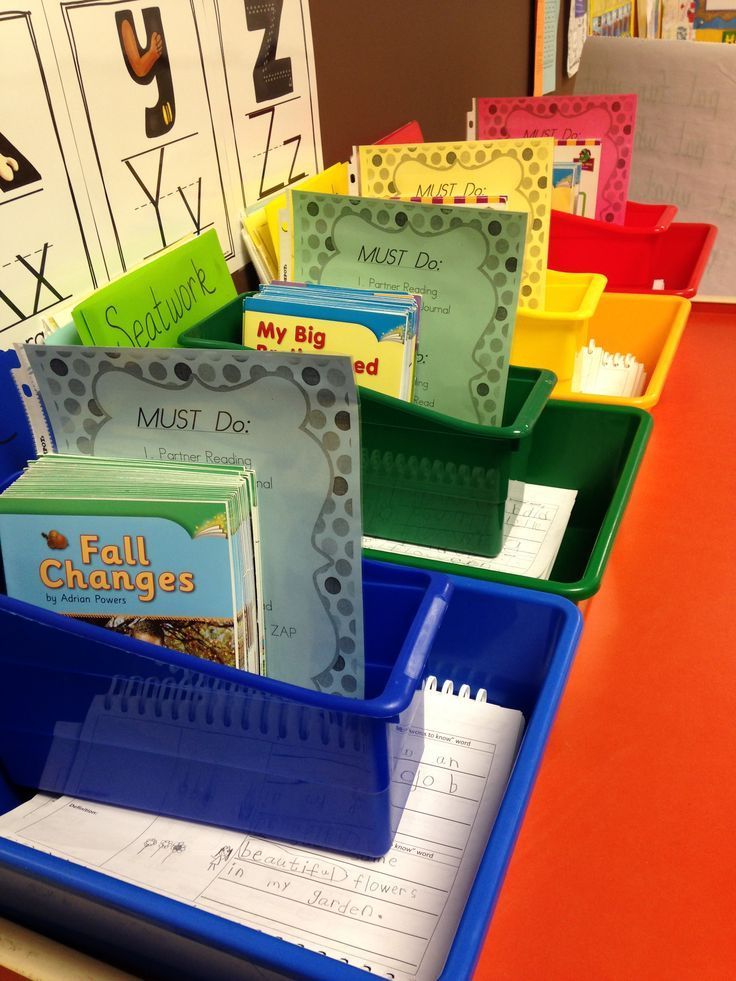
A warm-up should be done at the beginning of the session.
"Warm-up" is held at the beginning of the session.
An example of a warm up period might be:
Students read the text on the cards to themselves (no more than 1 minute) in preparation for fast, fluent reading aloud.
One to three students are called to read aloud. They must follow the instructions given to
by the teacher.
According to the text of each student, the whole class is asked one question - either by the teacher or by the reading student.
Pupils evaluate their friend's reading technique (using "traffic lights", for example, green - "5", yellow - "4", red - "3"), commenting on their judgment.
The most common and reasoned assessment is put in the journal.
The following set of exercises is offered to form fluent reading skills.
1. Development of the speech apparatus.
Reading skills largely depend on the correct pronunciation and discrimination of speech sounds.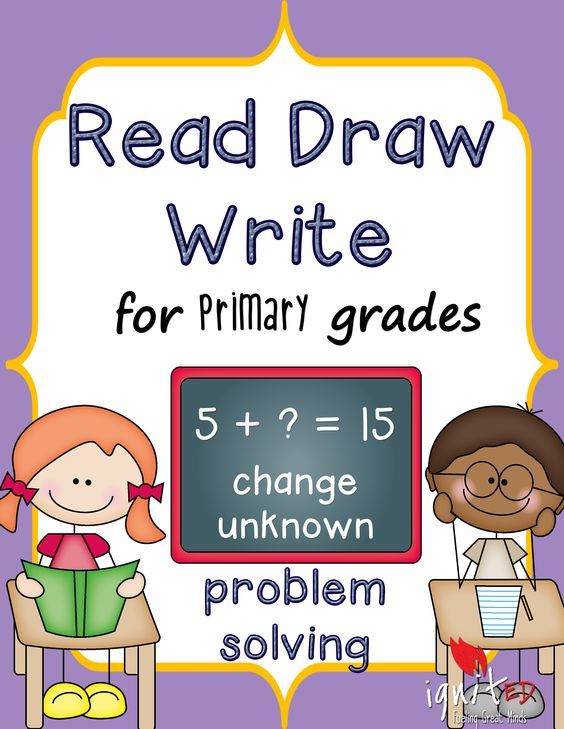 Such tasks are recommended for children with speech impairments.
Such tasks are recommended for children with speech impairments.
Articulation of vowels, consonants, their combinations. Singing vowels.
AOUYE, YOYOYIE, YAOYUYYYY…
- AO, UA, AI, IO, EA, AU…
- W-S-F, W-F-S, S-W-Sch…
- B-C-D -D-Zh-Z, P-F-K-T-Sh-S ...
- Ba-bya bo-byo bu-by ba-be by-bi
- Za-za zo-ze zu-zu ze-ze zy-zi
- Tra-tro-tro-three; bra-bro-bro-bri
- Reading tongue-twisters.
- Zha-zha-zha - the hedgehog has needles.
- Zhu-zhu-zhu - let's give milk to a hedgehog.
- Lo-lo-lo - it's warm outside.
- Mu-mu-mu - milk to whom?
- Ko-ko-ko - drink milk, children.
- Reading and clearly pronouncing tongue twisters.
- In the morning, sitting on a hillock,
- Magpies learn tongue twisters.
- Dust flies over the field from the clatter of hooves.
- Yegor was walking through the yard with an ax to repair the fence.
- The crow has missed the crow.

As a training exercise in reading fluency (but not to control technique), you can use the method of counting words read by students in a certain period of time.
2. Work on the development of visual memory.
- In the process of learning to read, the child must memorize letters, syllables, words and their sequence in order to reproduce a word and a sentence.
- Reading fluency depends on the level of development of visual memory. Visual dictations are useful for the development of working memory, and ultimately for improving the skill of fluent reading and spelling literacy.
Recommendations:
- 1. Visual dictations should be done regularly at each writing lesson for two to three months (you can repeat this technique twice).
- 2. The duration of this type of work should not exceed 5 minutes.
- 3. One sentence should be used as speech material for dictation, gradually increasing the total number of letters in it.
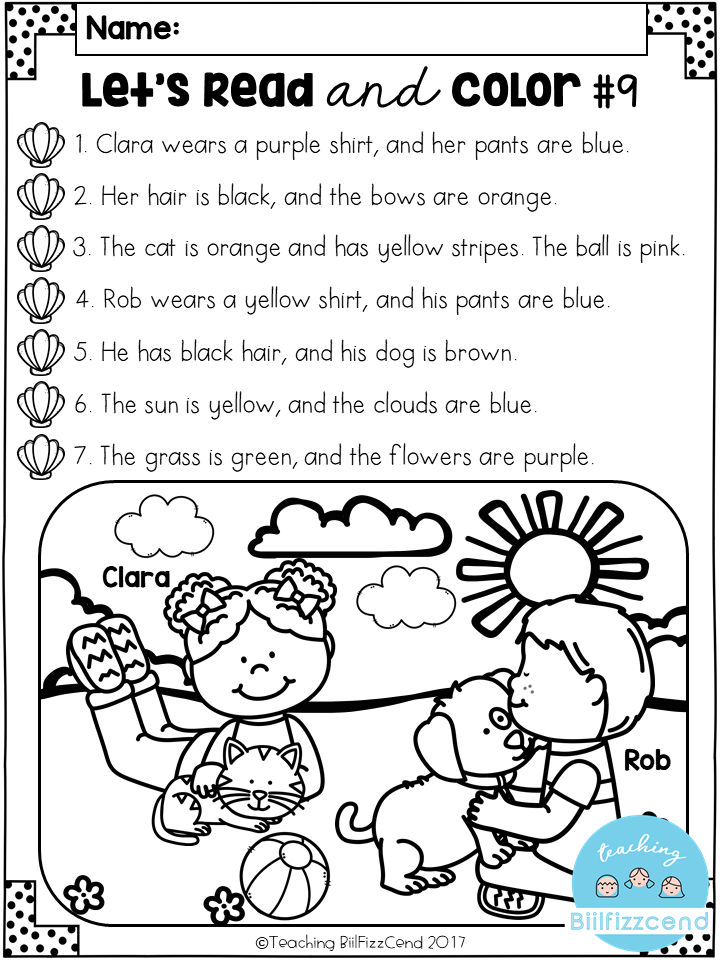
- 4. A sentence written on a blackboard (even better - on a card) is read with the intention of memorizing it. The amount of time allotted for an open exposure at the beginning of the work is 20-16 s, at the end of it - 12-8 s.
- 5. The sentence is closed and the students pronounce it syllable by syllable before recording.
- 6. If the students do not remember the content of the sentence, it is opened again for repeated visual perception.
- 7. If some students do not remember the speech material, it is offered for a new reading only to them, but already on an individual card.
- 8. After finishing the work, the proposal on the blackboard is opened, and the students compare their notes.
- 9. If many children did not remember the sentence from the first presentation or made mistakes in writing it down, the sentence is presented again at the next lesson
Taking pictures of cards with speech material.
- We start by memorizing four letters.

- V L O N
- 1.5 seconds are given to memorize one letter.
- At the end of the work, we increase the number of letters, and reduce the memorization time for one letter to 0.5 seconds. Thus, we give 3 seconds to memorize 6 letters.
- Then we move on to memorizing syllables.
- Mo-ro-li-so; Tu-not-mu-du…
- Here we give 1 second to memorize one letter. Total for 8 letters - 8 seconds.
- Taking photographs of words.
- Lion, poppy, elephant, tiger.
- We give 0.5 seconds to memorize one letter. Total 7 seconds to memorize these four words. We ask the child to exclude one word in meaning and explain.
Training in reading single-root words of different parts of speech. This technique is necessary to develop attentiveness to the words being read.
- Water, water, water, waterfall, plumbing, watery, flood.
- Motherland, native, darling, parent, give birth.
When reading these words, the multi-reading technique is used.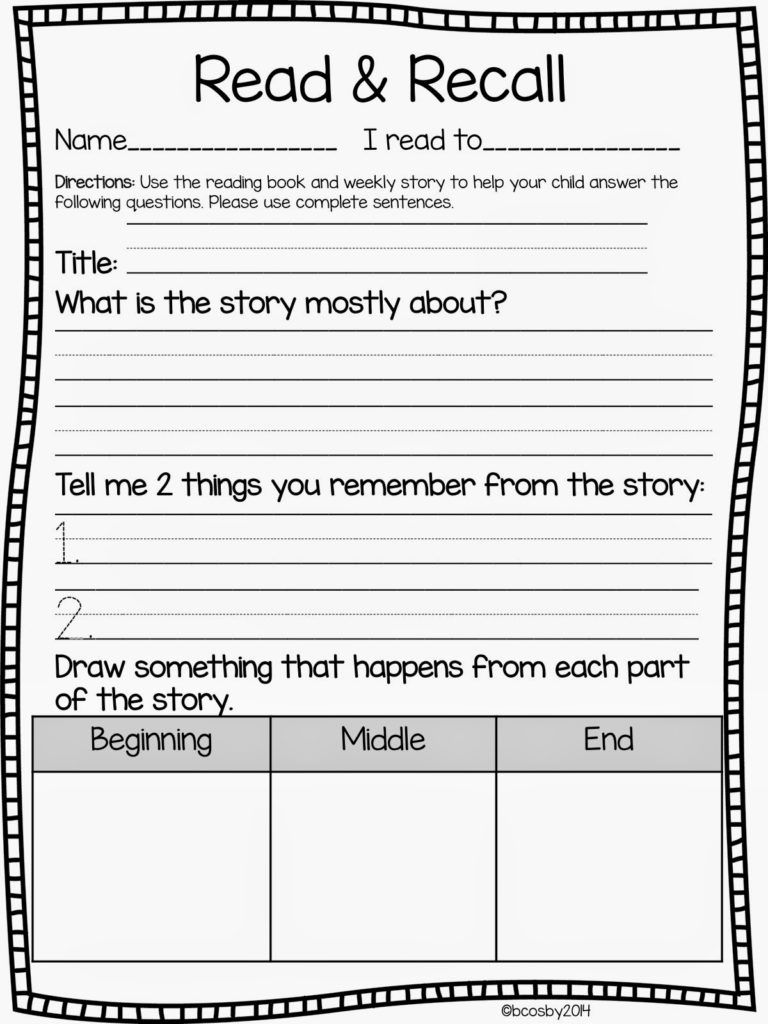
- For the first time words are read smoothly, in unison, together with an adult.
- The second time the child is practicing to read the words in an undertone slowly and at a normal pace.
- The third time the children read aloud.
- Reading words written in a pyramid.
- For example:
storms snow
winds spring
hurricanes streams
play out
run
freeze
The child needs to read word pyramids at different paces: slowly, at a normal pace, quickly.
You can also offer to read the pyramids for a certain time.
3. Development of semantic conjecture.
Semantic conjecture is a mental process of orientation towards a foreseeable future. It is based on the knowledge of the logic of the development of events and significantly speeds up the reading process.
Reading words with missing letters.
- K.Sh.A S.B.KA
- K.O.O.IL K.R.VA
- S.
L.V.YS.ON
- B.G.M.T V.R.NA
- certain lexical topic. Having solved them, the children should say how it is all called in one word.
- Reading words with jumbled letters.
- Words with confused letters are guessed based on numbers:
- FITLU PIGASO PAKTI
- 3 5 1 4 2 3 6 5 2 1 4 3 2 4 1 5
- Trees: NECKL, BUD, ZYOREBA
- Reading stories with missing letters in the endings.
Storm.
- Threat of approach…. A huge lilac one ... slowly floated ... from behind the forest ....
- A strong wind whistled… up…. Dere… zabusheva…. Large caps ... doge ... sharply pounding ... on the leaves ... but now the sun ... shines again .... How everything is flashing ... around. How earthlings smell… and mushrooms…
- Reading texts with missing words.
- Snow clouds hung over the city…. In the evening it started... The snow fell in large .... The cold wind howled like wild….
 At the end of the deserted and deaf ... a girl suddenly appeared. She was thin and poor... She moved slowly forward, felt boots fell off her feet and ... she had to go.
At the end of the deserted and deaf ... a girl suddenly appeared. She was thin and poor... She moved slowly forward, felt boots fell off her feet and ... she had to go. - Gentle reading technique.
It consists in the fact that the child reads a few lines, after which he is given a rest. For this, illustrated encyclopedias, educational children's books with pictures and brief explanations for them are used. The information received is discussed. Children share their impressions, answer questions about the text.
Daily self-measurement of reading speed.
This technique greatly enhances the child's motivation to read and stimulates interest in achieving a better result. The bottom line is that the child maintains a table of results achieved.
1) Reading with counting words (lines).
Reading the text, the student mechanically counts the words (lines). After counting to ten, he starts counting again. Before reading, you can give the task to find answers to the questions posed before reading the text.
2) Search in the text for given words.
Before reading, the teacher gives the task to find a certain word in the text and underline it.
3) Reading with stripes.
The strip under the line and the strip above the line enable the child to speed up the pace of reading.
4) Reading stitches with the lower (upper) half covered.
A blank sheet of paper is superimposed on the line so that the upper parts of the letters are clearly visible, and the lower parts are under the sheet. After reading the first line, the sheet is shifted down so that the lower part of the second line is covered. Similarly, reading lines with a covered upper half is carried out. This exercise develops the ability to read several words at once. It is recommended to conduct in pairs: one student reads, the other checks.
5) Method of rhythmic fixations.
- This exercise is based on a forced increase in the speed of moving the gaze along the lines, which contributes to the formation of the skill of jumping gaze movement while reading.
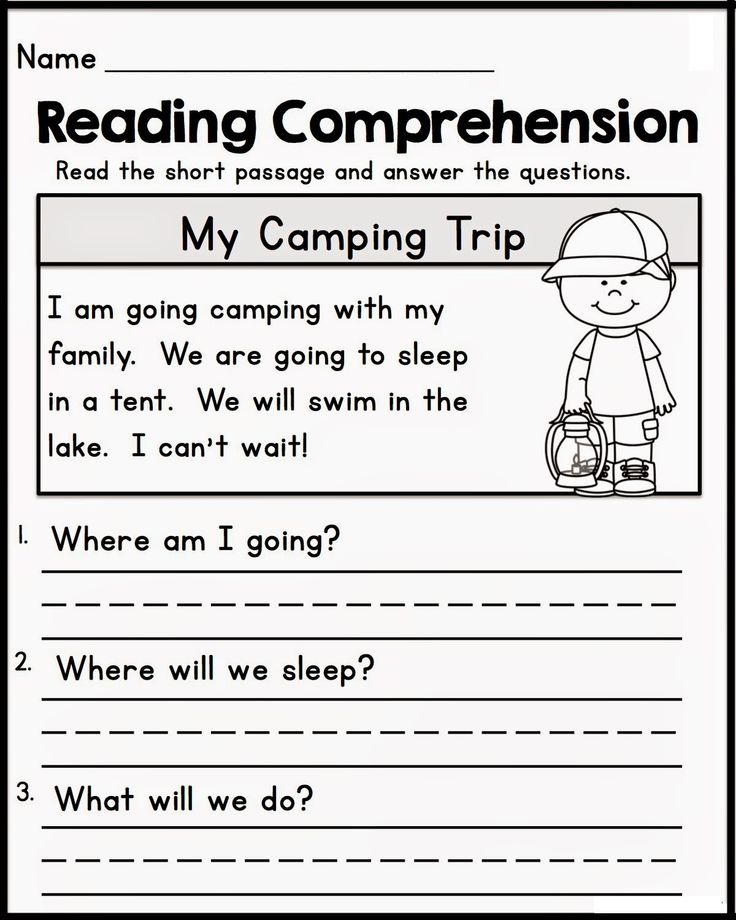
- eye contact while reading.
Formation of the skill of expressive reading
Expressive reading is understood as the correct, meaningful and emotional (if necessary) reading of a work of art.
Expressive reading involves the reader developing a certain minimum of skills related to the pronunciation culture of speech. This minimum includes the following components: tone of voice, strength of voice, timbre of utterance, rhythm of speech, tempo of speech (acceleration and deceleration), pauses (stops, breaks in speech), melody of tone (raising and lowering the voice), logical and syntagmatic stresses.
All means of intonation are supported by the general technique of speech - diction, breathing, orthoepically correct pronunciation.
Logical stresses
Sentences are written on the board or on individual cards.
- Children will go to the cinema tomorrow.
- Children will go to the cinema tomorrow.
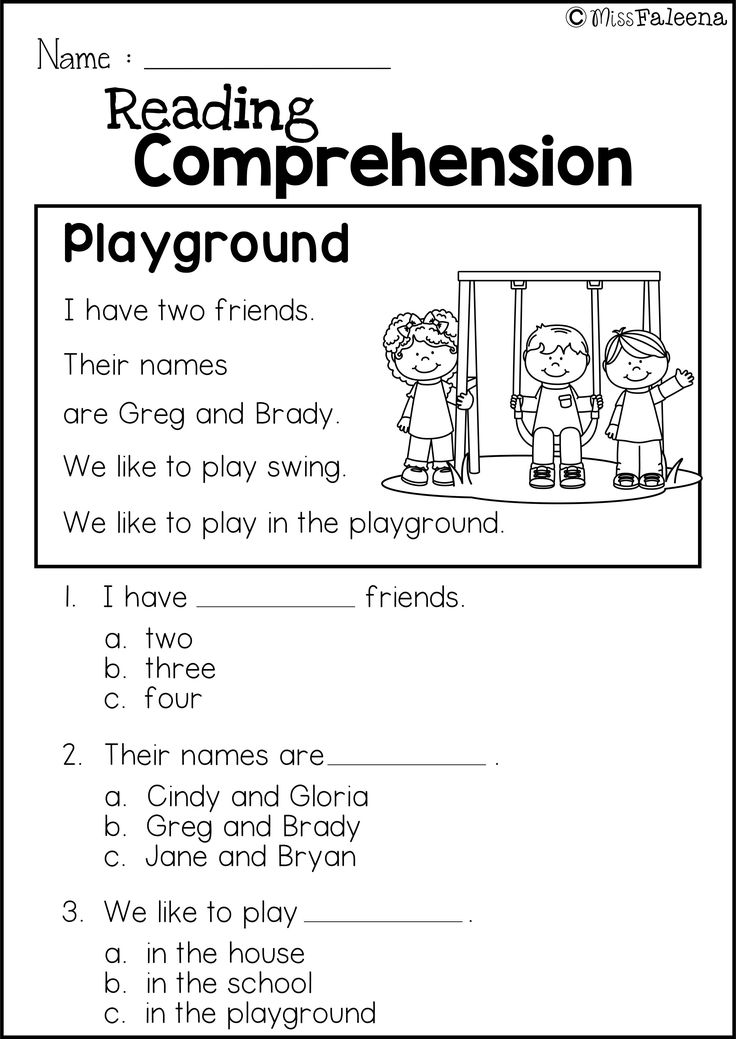
- Children will go to the cinema tomorrow.
- Children will go to the cinema tomorrow.
The teacher asks with what intonation to read the sentences. Students take turns reading the sentences, trying to focus on the underlined word.
Proverbs are written on the board or on cards. Students are invited to expressively read the proverbs, observing the indicated logical stresses (words are highlighted in a different color or font), and explain the meaning of the proverbs.
- Motherland is a mother, know how to stand up for her.
- There is nothing more beautiful in the world than our Motherland.
- To live - to serve the motherland.
- The hero who is behind the Motherland.
- Pauses
In addition to logical stresses, pauses play a huge role in live speech and reading. A speech pause is a stop that divides the sound stream into separate parts, within which sounds follow one after another continuously.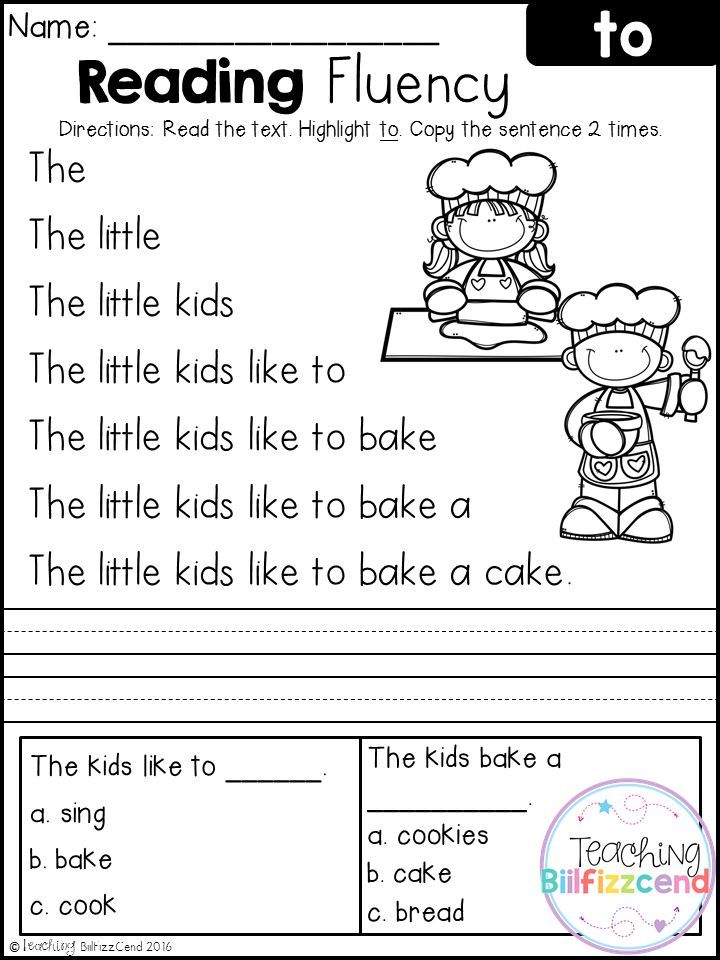
The teacher writes on the board or distributes sentences on the cards to the students, in which the pauses are graphically indicated. Students are invited to expressively read them and explain the semantic difference between the variants of these sentences with different placement of pauses.
- How surprised | his words | brother!
- What a delight | his father's successes!
- Kolya, | my older brother is very fond of football.
- My older brother Kolya loves football very much.
- My elder brother, | Kolya, | loves football very much.
tones of voice
- a) Exercise "Jump"
This exercise helps to develop the flexibility of the voice. The teacher asks the children to imagine that they are watching high jump competitions on TV. The athlete's jump is always repeated in slow motion, so the jumper's movements are smoother. You need to try to draw a jump line with your voice. The voice should rise and fall freely and easily.
- b) Exercise "Walking"
This exercise is aimed at the ability to distribute the power of the voice. The teacher tells the students that when reading, you should not quickly raise your voice: it is necessary that the voice is enough for all the lines. While reading each line, you need to imagine that you are “walking with your voice” straight towards the sun, conveying upward movement with your voice.
- Hike
- Along the narrow mountain path,
- Together with the perky song, we go on a hike,
- The sun is waiting for us behind the mountain,
- Our climb is getting higher and steeper,
- Here we are walking through the clouds,
- Beyond the last pass
- The sun has risen to meet us.
c) Exercise "Cave"
The exercise promotes the development of voice flexibility, the ability to raise and lower the voice. Students sit comfortably, close their eyes, and imagine themselves in a cave.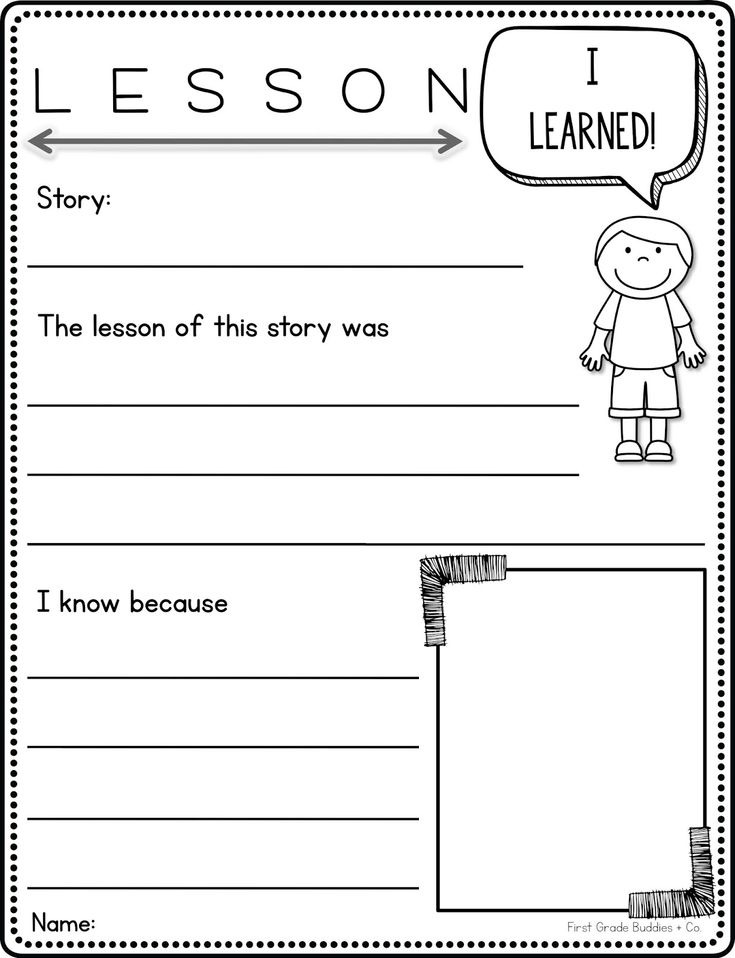 Any sound (word) resounds under the arches of the cave. You need to try to reproduce the “sounds”, “words” in the cave, going farther and farther.
Any sound (word) resounds under the arches of the cave. You need to try to reproduce the “sounds”, “words” in the cave, going farther and farther.
Formation of the skill of conscious reading
Reading comprehension is the main quality, upon mastering which the most complete understanding of the informational, semantic and ideological aspects of the text is achieved.
1) Reading the text, covering the last three letters of all lines of text with a sheet of paper. It is necessary to read the text, trying to guess the invisible parts by meaning. This exercise develops students' ability to read by guesswork.
2) Reading the text with the addition of the missing syllable, word. The exercise is designed to improve the ability of students to predict the composition of words and sentences, which leads to the assimilation of the meaning of what they read. Task: Read the text and add parts of words or a word necessary for the meaning.
On the river__, in the factory_, white lilies and yellow water lilies opened up. Blooms wildly over the water ... water porridge. Di __ut __ brought her ducks out of the sedge, teaches them to cry ___ and catch mo ___. They fly over the water __ white and blue ___ str ___, and business __ bee hums over the flowering porridge.
Blooms wildly over the water ... water porridge. Di __ut __ brought her ducks out of the sedge, teaches them to cry ___ and catch mo ___. They fly over the water __ white and blue ___ str ___, and business __ bee hums over the flowering porridge.
3) Search for semantic absurdities in the text.
The student is offered a text that contains semantic errors. The task of the child is to quickly highlight inaccuracies, thereby understanding what they read. The exercise is aimed at developing the ability to analyze the semantic structure of the text.
- Task: Read the text, highlight the inaccuracies in it and make corrections.
- Fluffy cow Murka lived in one house with the owners. The owners loved her very much and often treated her to a pair of hammers and fried turnips. Once Murka decided to take a walk - to breathe in fresh jam and warm herself in a frying pan. The cow went out onto the porch, lay down and purred with pleasure. Suddenly, a carrot with a long tail jumped out from under the porch.
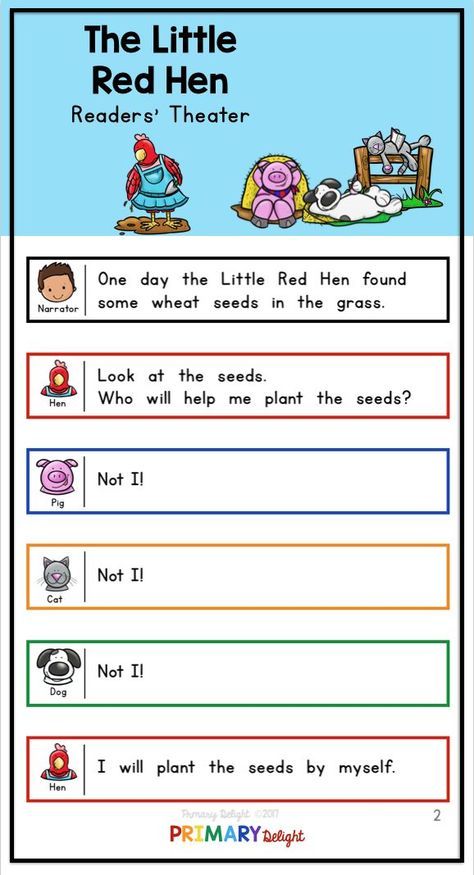 Murka deftly caught it and ate it. It was fun in the yard: mischievous brooms chirped noisily, household irons floated in puddles, and a beautiful shepherd stood on the fence and proudly crowed. Suddenly, a big angry herring crawled out of the dog office. She saw a cow and began flying angrily. Murka got scared and ran into the smoke.
Murka deftly caught it and ate it. It was fun in the yard: mischievous brooms chirped noisily, household irons floated in puddles, and a beautiful shepherd stood on the fence and proudly crowed. Suddenly, a big angry herring crawled out of the dog office. She saw a cow and began flying angrily. Murka got scared and ran into the smoke. - 4) Search for passages from various texts.
The exercise forms the ability to identify the structural and semantic parts of the text.
Task: Find excerpts from different texts: J. Moritz "The Merry Frog" and V. M. Garshin "The Traveling Frog".
Restore each of them and read separately.
A cheerful frog lived in the same river. Upside down, her hut stood - bre-ke-ke! She sat in the swamp, caught mosquitoes and midges, in the spring she croaked loudly with her friends. The hut did not stand, but floated upside down, But this did not change the frog's business. And she would have lived the whole century safely - of course, if the stork had not eaten her. She played the button accordion with both hands. She pounded the drum with both feet. But one incident happened. The hut tumbled, The frog had fun, In a green sundress she danced - para-pam!
She played the button accordion with both hands. She pounded the drum with both feet. But one incident happened. The hut tumbled, The frog had fun, In a green sundress she danced - para-pam!
If we want our children to speak and write correctly, we need to teach them semantic reading!
How to teach reading, or a brief overview of methods of teaching reading
How to teach a child to read? How to make this process fun and interesting? What is the best age to start learning to read? These and many other similar questions concern modern parents.
I am glad that the question “How to get a child to read?” is a thing of the past.
Modern society is inclined to ensure that any "learning" becomes voluntary, the task of the teacher and parent is to motivate for some new action, to make the learning process such that the child himself wants to learn.
Teaching reading is an important topic for parents of preschoolers. So how do you make this process fun and literate?
Many parents begin to teach reading “on a whim”, which sometimes leads to sad results: either the child loses the desire to learn to read, or when entering grade 1, a small student has problems in mastering some topics related to spelling and pronunciation of words.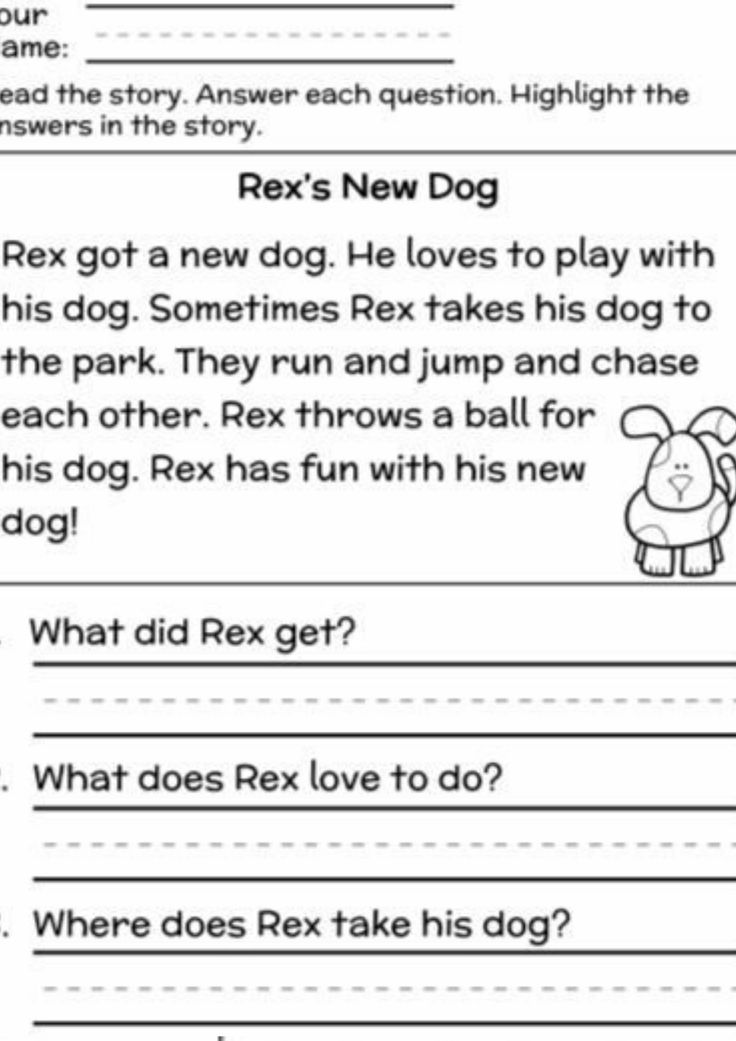 Sometimes the two problems go hand in hand.
Sometimes the two problems go hand in hand.
You might be interested in the online conference “Reading. Motivation. Children”
So, in order to avoid mistakes, here are some of the most common methods of teaching reading.
It is worth considering that when writing an article I rely on a purely personal perception of methods and on personal experience as a primary school teacher.
Many are familiar from the school curriculum.
Based on phonetics - teaching the pronunciation of letters and sounds. This is a sound, or otherwise, phonetic method that develops a child's phonemic hearing, allows you to hear and highlight sounds in words. This technique does not require a lot of expensive teaching didactic material in the form of cards, diagrams, notebooks.
There are plenty of games and exercises to help your child learn to isolate sounds from speech while playing on the go.
The basis of the traditional way of teaching reading is, first of all, acquaintance with sound, learning to distinguish it at the beginning, middle, end of a word, and only then acquaintance with its lettering in writing.
Parents often make a common mistake: they buy bright cubes that speak alphabets, manuals, where a certain image is assigned to a specific letter (A-Watermelon, H-Teapot, etc.) The child remembers the image-letter, but it is difficult for him to read the word , because it is necessary to carry out analytical work, which is still beyond the strength of a preschooler.
It's good when parents comment on learning and teach a child to single out individual sounds in words, they conduct a syllable-sound analysis of words. Let's summarize: the sound method of teaching reading begins with an acquaintance with the sound, proceeds to the image of this sound in writing, and as a fixation, the correct correlation of sounds and letters. Teaching involves learning to read on the basis of warehouses. A warehouse is a pair of a consonant and a vowel, or a consonant and a hard or soft sign. Or one letter. With the help of this technique, reading and the logic of building words are quickly assimilated, there are many fun and outdoor games, there is no binding to a specific age The only negative that can “emerge” in elementary school is that the topic of studying the composition of a word is difficult to be given in the future. are not learned, their style is remembered in the game. All cubes differ in size, color and sound that they make so that the child in the learning process can feel the difference between a consonant and a vowel, hard and deaf, voiced and soft. So, a wonderful technique for teaching reading to individuals or in small groups. And, it is worth noting, a parent who has decided to deal with a child using this method should still understand well that learning should take place through a game, and not through the usual connection of cubes. It is clear that at home it is difficult to do, as it requires certain financial costs and laborious work on the production of didactic material, but for those who wish to send their child to Montessori groups, a few words about teaching reading according to this program This is probably the only method in which the material is distributed for kinesthetics, auditory and visual learners separately, since the principle of learning is based on the "two-hemispheric" work of the brain. The associative method of memorizing both individual letters and rules, exercises is used - everything is learned jokingly, playing. For example, at the initial stage, a letter can be laid out from buttons, molded - an excellent job for kinesthetics; with a letter, you can make a small couplet - why not a memory for audials? H and in my opinion, this system of education is perfect for creative children and parents, teachers, but it will be meaningless for those who prefer a strict structure, logic. It is based on the traditional method, but added with original features. For this system, only a textbook developed by a teacher is needed, which makes the learning process accessible to everyone. Of course, these are not all methods of teaching reading, one could also mention the system of Doman and Sergey Polyakov, do not forget the method of Pavel Tyulenev, however, all the principles of teaching come down to single rules, which, I allow myself to be combined into the following code:
Sometimes I hear the opinion that this technique is boring, requires rote memorization, and evokes boredom. Ready to argue.
There are a lot of tricks when boring reading columns of syllables "pro, pra, pru" turns into an exciting game: 
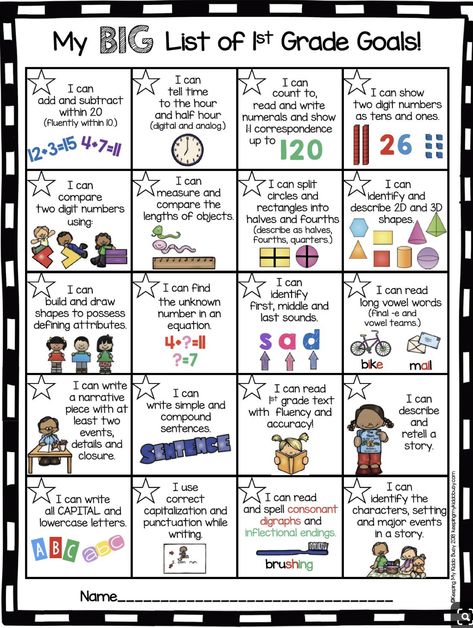

As in most methods, this one is based on the game.
Due to the associative series, vocabulary is expanding, imagination and logic are developing.
And what about turning a letter into a fantastic image - this visual technique will surely appreciate it.
Many teaching methods in teaching reading in the classroom, of course, many teachers impose on the traditional methodology to develop cognitive interest.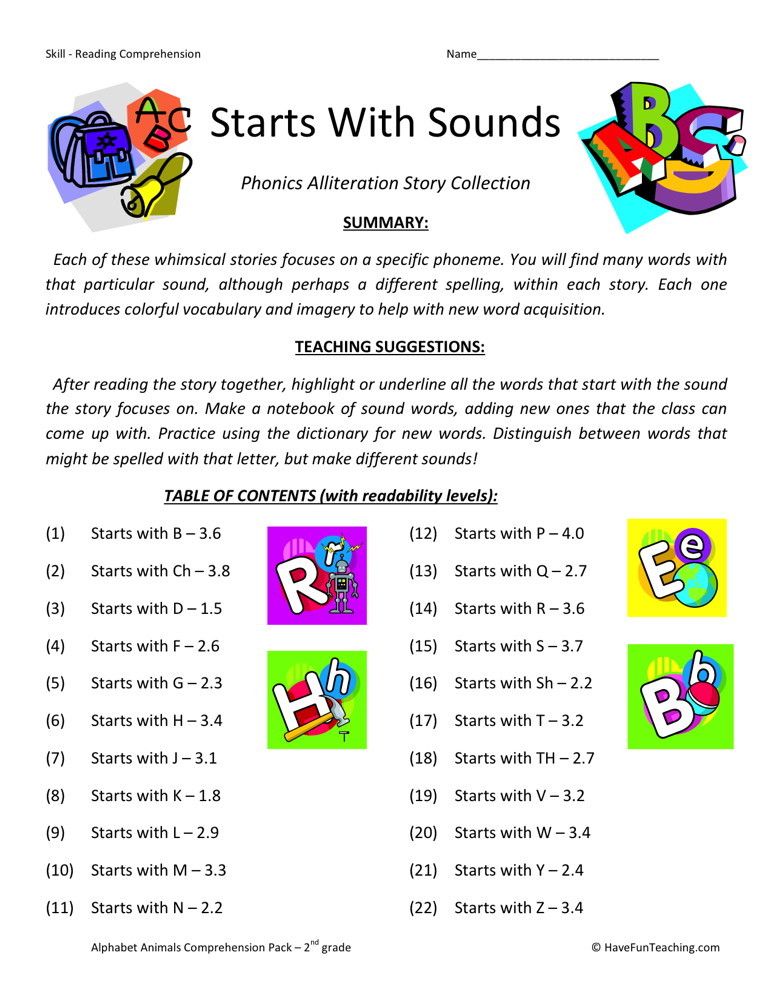
The main task of the primer is to teach the child to merge letters into syllables, and to form words from syllables. Sufficiently the same type of work throughout the entire training, which can cause denial in the child, since the sign system is still poorly perceived for him. According to the author, in speech activity, it is easier for a child to single out a syllable than a sound in a spoken word - this is what training is built on.
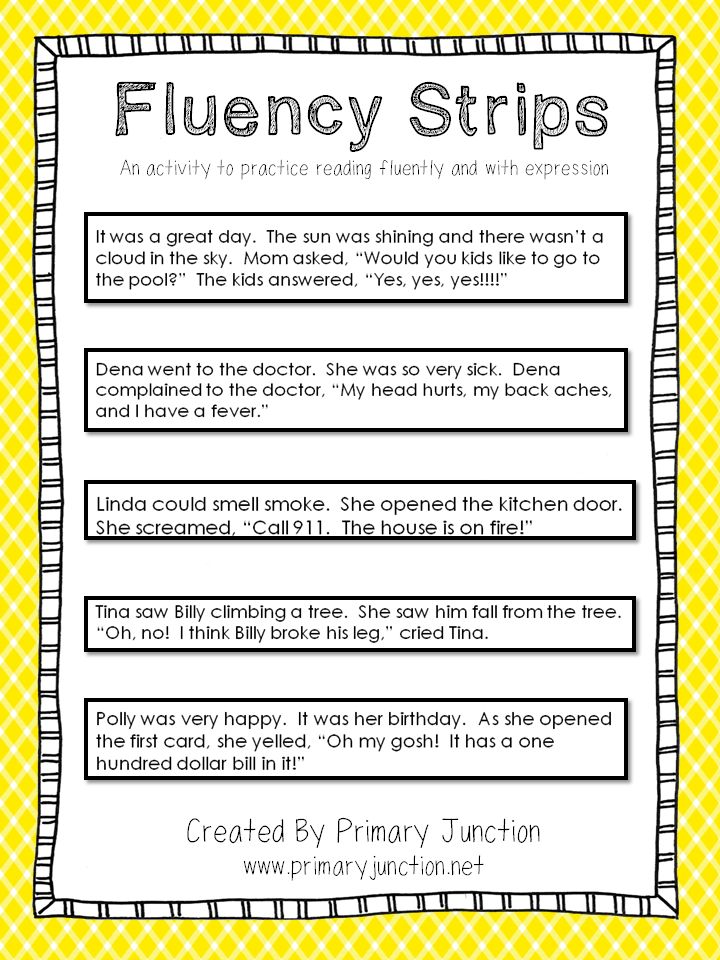
Learn more



